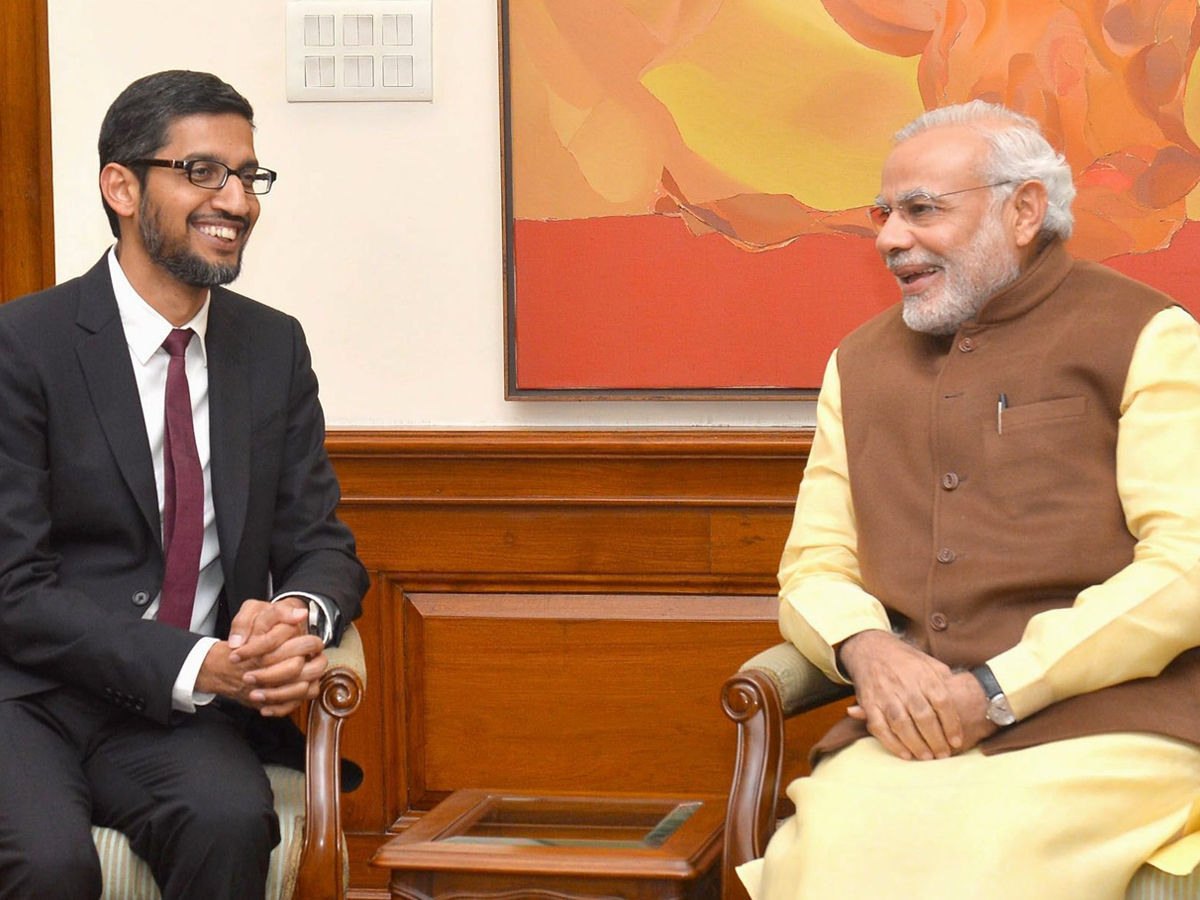According to the United Nations statistics, there are 272 million foreign migrants in the world and Indians make up 6.4 percent of the world’s overall immigrant/ex-pat population. In a large way, Indian ex-pats are what we refer to as the Indian Non-Resident (NRI). We recognize an NRIs and an Overseas Resident of India (OCI) before passing on the contribution of the NRI to the Indian economy.
An Indian citizen settled in a foreign country for employment who is not physically present in the country for more than 240 days in a financial year is considered a Non-Resident Indian in accordance with the Income Tax Act of 1961. (NRI). This definition reflects the one announced in the 2020 announcement of the new Union Budget. In the proposal, the original 182-day provision was amended to 240 days.
According to the United Nations (UN) Economic and Social Affairs Department, with a population of 17.5 million out of a total migrant population of 272 million, Indian origin migrants were the largest among the international migrants. The Middle Eastern countries, followed by the USA, the UK, and Canada, account for the majority of Indian ex-pats.
What is the contribution of the NRI to India’s economy?

NRIs (Non-Resident Indians) contribute substantially to the Indian economy. It helps the Indian economy to generate jobs internally on a large scale by strengthening national savings, capital accumulation, investment, and so on. The remittances received by family members on a small basis are used to satisfy their basic needs and to free up opportunities for investment in schooling, health care, etc.
GDP Contribution – While NRIs constitute just 1% of the total population of 1.3 billion Indians, they are an integral part of India. The money transfer/remittance made by the NRIs back to their homes, relatives or associates is one of the country’s main sources of foreign currency inflow.
In these times of economic stagnation, the NRI’s contribution to India’s GDP is particularly important. By offering them the options of various short and long-term investment plans, the RBI has directed the Indian banks to draw NRI deposits.
Remittances – The immense Indian diaspora is responsible for a large amount of cash inflows to the country. These inflows of money are called remittances, which are the money that migrant workers give back to their country of origin.
Also Read, WHY IS BENGALURU CALLED THE IT HUB OF INDIA
In terms of their economic structures, individual families and industries, remittances play an important role in developed countries. As per the World Bank, remittance inflows are an indicator of a nation’s creditworthiness, meaning that it can borrow more currency.
India has seen a steady rise in remittances since 1991 and continues to be on that track. From 2016 ($62.75 billion) to 2017 ($68.97), there was a major surge in remittances. In 2018, with $79 billion, the World Bank reported that India’s remittance was the largest in the world, led by China and Mexico at $67 billion and $36 billion, respectively. These remittances accounted for 2.9 percent of India’s GDP and remittances accounted for about 22 percent to 23 percent of the country’s foreign exchange money.
According to a survey conducted by the Reserve Bank of India, 59.2% of the amount earned in India was used for family maintenance purposes. And bank deposits amounted to about 20 percent, while 8 percent was invested in bonds, real estate and real estate securities.
Foreign Reserves
Any dollar moved to India contributes to the foreign exchange pool of the country. Remittances to India are also one of the largest contributors to foreign exchange reserves and account for about 25% of the country’s overall foreign reserves. Remittance inflows from many nations, including the United States, Canada, the United Kingdom, and the Gulf countries, have risen by 50 to 80 percent.
In addition, it helps the family’s financial constraints that they can now spend in an organization or save the elderly and families for emergency or social welfare. Besides, the local economy will improve. To put it simply, remittances are private transfers to their family, acquaintances, or relatives from NRIs, and a contribution to the development of the different economies.
The significant role of NRIs in the economy of India

The NRI may play an important role in shaping the financial, social and economic conditions of the country. NRIs have begun integrating into various activities in India over the last few years, including business growth such as outsourcing, technology transfer, tourism, and other contributions, especially in political and significant information flows.
With India’s current economic recession, the contribution from the NRI can have a positive effect on the economy’s revival.
Many NRI firms have announced big multi-million investment ventures in India, such as UAE-based companies, Lulu International, NMC Healthcare, etc. Further measures by the government, however, are required to encourage more NRIs to invest in the country. NRI’s investment in India’s economy and other government development activities will lead to improving the country’s health, education, social security and other sustainable growth. In the long term, this would also continue to cut budget spending.
Prime Minister Narendra Modi plans to make the Indian economy an economy of $5 trillion by 2024 and then an economy of $10 trillion by 2030. He also stated that in the next five years, the goal is to make investments worth $1.7 trillion. In order to ensure that its goal is accomplished, the central government has launched multiple measures. In addition, NRIs are encouraged to invest in many industries, such as real estate, education, industry, construction of infrastructure, etc. In order to further develop their financial reserves and for investment purposes, Indian banks are also directed to draw NRI deposits and to open bank accounts.

























